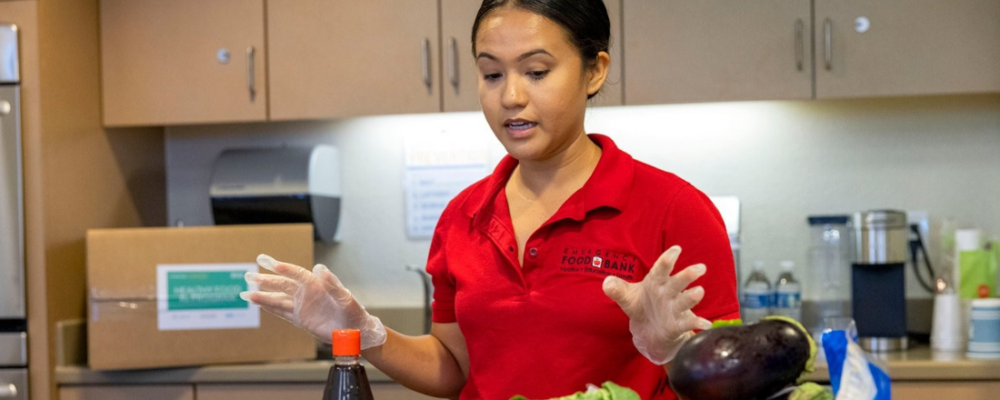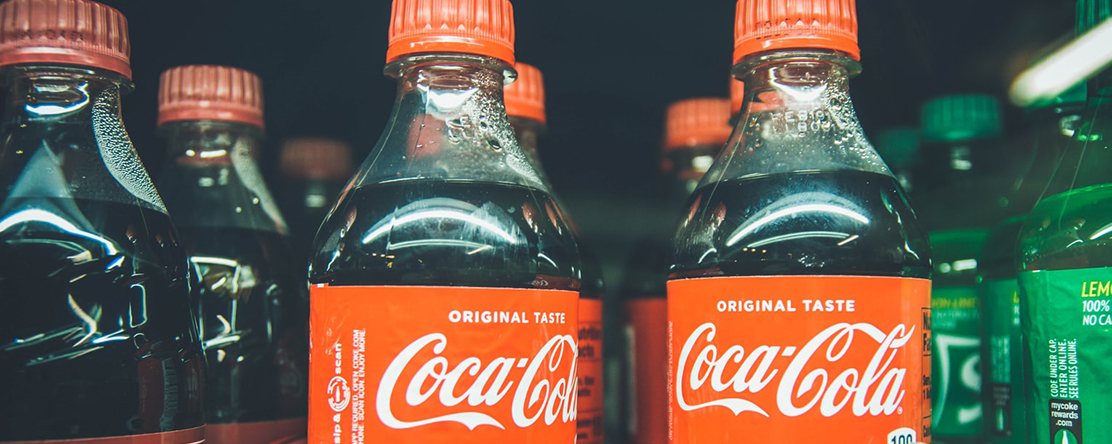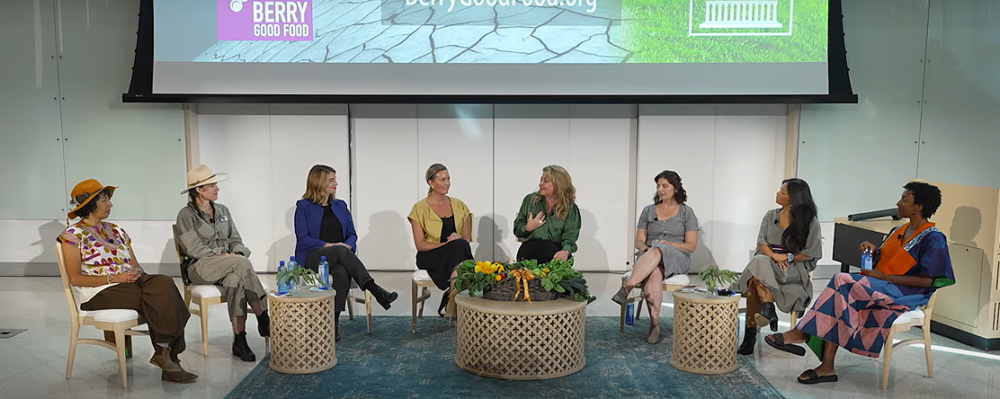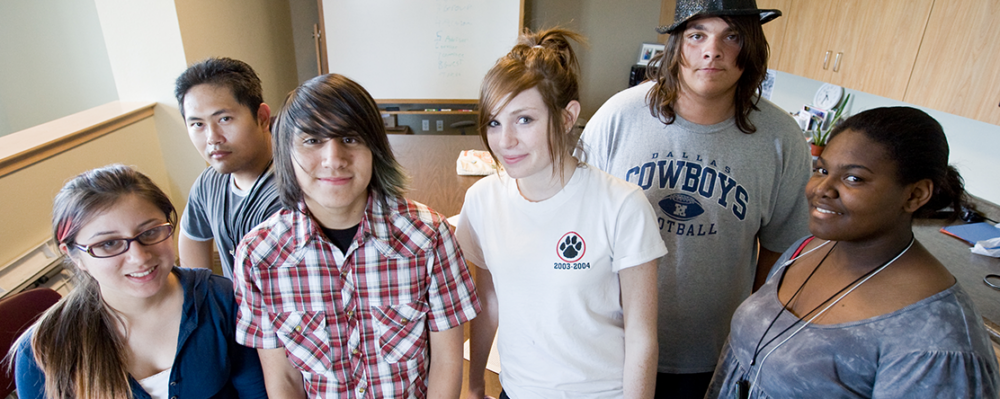
Education, Diet, and Environmental Factors Influence Sugar-Sweetened Beverage Consumption among California Children, Teens, and Adults
- Amanda Linares, Carolyn Rider, Patrick Mitchell, Mark Hudes
-
Focus Areas
Capacity Building & Leadership, Chronic Disease Prevention, Healthy Communities -
Issues
Nutrition & Food Security -
Expertise
Evaluation, Research – Quantitative -
Programs
Center for Wellness and Nutrition, Network for a Healthy California, Supplemental Nutrition Education Program Education (PHI program 1997-2015)

In California, approximately half of children, teens, and adults drink at least one serving of sugar-sweetened beverages (SSB) daily. Over the past decade, the passage of statewide legislation has banned the sale of sodas during school hours and mandated increased access to free drinking water during school meal times in all California public schools. These policy actions support the broader public health efforts needed to reduce SSB intake in California by making the healthy choice the easy choice. Key policy actions from 2001 through 2011 are highlighted below.
This brief investigates the associations between SSB intake and demographic and socioeconomic factors; consumption of healthy and less healthy foods; health behaviors; psychosocial factors; and the home, work, and school environments.
This research brief was developed by the California Department of Public Health’s Network for a Healthy California to examine the risk factors for SSB consumption among children (9-11 years), teens (12-17 years), and adults (18 years and older) in California. In this analysis, SSB include sugary drinks such as regular soda, sweetened fruit drinks, flavored and sweetened bottled water or tea, and sports drinks; it excludes diet soda and flavored milks.
The California Department of Public Health’s Network for a Healthy California, in partnership with the Public Health Institute and other organizations and in conjunction with the California Obesity Prevention Plan, supports the prioritization of public health efforts that aim to promote good nutrition, physically active lifestyles, and a healthy weight among low-income California families.
Originally published by Network for a Healthy California
Work With Us
You change the world. We do the rest. Explore fiscal sponsorship at PHI.
Support Us
Together, we can accelerate our response to public health’s most critical issues.
Find Employment
Begin your career at the Public Health Institute.


